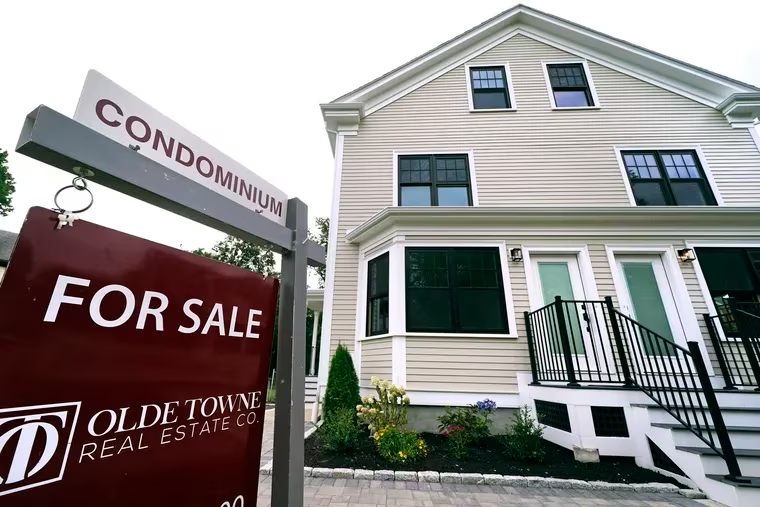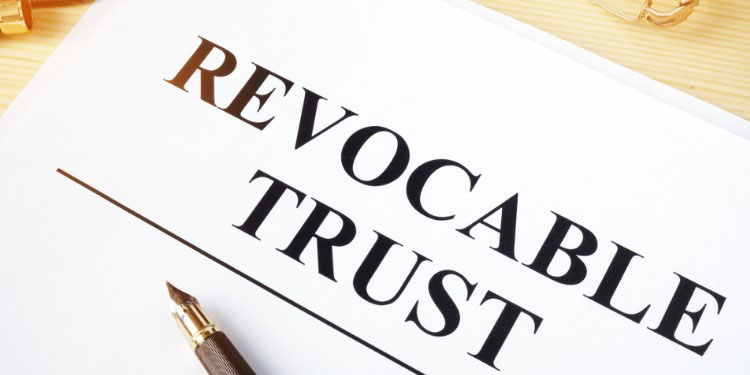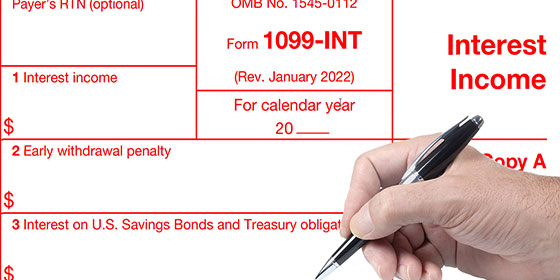Are you looking to purchase a new house? If so, understanding the amount of money you will need for a down payment should be part of your research. Many people overestimate or underestimate the typical down payment required, as it can vary widely based on many factors.
Additionally, there may also be certain laws and regulations in your district that could influence how much money is needed upfront. In this blog post, we’ll look at the average down payment on a house and what must be considered when determining specific amounts for individual situations.
Average Down Payment Statistics
The average down payment on a house typically falls between 5% and 20%. Although many believe having a large amount of money for their down payment is necessary, this is only sometimes the case. Depending on various factors like credit score, the type of loan program one chooses, and available grants or programs in your area, you can put less money down than the typical range.
When determining how much money should go towards your initial down payment, it’s important to consider all of these factors and any laws and regulations specific to your municipality. For example, some districts might require paying at least 10% for a home purchase. Additionally, some lenders will offer special programs that can help you reduce the cost of your down payment.
It's also important to remember that many lending agencies will require mortgage insurance if you decide to pay a lower down payment. While this can be an added expense, it’s usually much less than what it would cost to put up 20% as a down payment. Furthermore, having your mortgage insurance waived in some instances may even be possible.
Down Payment Requirements and Assistance Programs
Regarding down payments, many requirements and assistance programs can lower the costs. For instance, some lenders may be willing to offer special programs or grants for first-time home buyers, which can reduce the money needed upfront. Additionally, some states have rules or regulations governing down payment amounts – such as requiring a minimum of 10%. Furthermore, it's important to not forget about mortgage insurance when considering a lower down payment.
Depending on your credit score and other factors, you can also get credit from your lender for closing costs. This is an especially beneficial option for those who need help to afford large upfront contributions. It’s a great way to still purchase a home without making a large down payment.
Another option that many people consider is utilizing an FHA loan. This type of loan is designed to help those with lower credit scores and can offer more flexible terms regarding the minimum down payment. However, it’s important to note that mortgage insurance is still required when using this type of loan – even for those with stellar credit ratings.
Average Down Payment by State
The average down payment required for a home purchase can vary greatly depending on the state. For example, in California, the typical requirement is 20%. In Florida, it’s 15%, while in Texas, it’s 10%. Of course, these are just averages, and individual lenders may require more or less money up front – so always check with your lender to find out their specific requirements.
Average Down Payment by Generation
The average down payment on a house can also vary depending on the generation of homebuyers. Generally, younger generations have lower down payments than their older counterparts. For instance, millennials and those in Generation Z typically put up around 7% for a first-time purchase. This is because these generations are less established financially and often need more savings for a larger initial contribution.
However, many later-generation homebuyers, such as Baby Boomers, have been able to put more money towards their down payment thanks to years of saving and investment. Some statistics show that over 50% of Baby Boomer home purchases have an initial contribution of 20%.
Source of Down Payment
When making a down payment on a house, many potential homebuyers want to know where the money comes from. Generally speaking, there are three main sources of funds: savings, investments, and loans.
Savings:
Savings accounts are among the most common ways people pay for their down payments. This is especially true for first-time buyers that may need access to other sources of funds. It can take several years to save up enough money for an initial contribution, but this option can make homeownership obtainable even with a limited budget.
Investments:
Investment accounts such as 401(k)s, or IRAs are another viable source of funds for a down payment. Many investors can withdraw money from their retirement accounts without a penalty, although this depends on certain criteria being met. Additionally, some lenders even allow you to borrow against your investments to cover the cost of your down payment.
Loans:
Finally, loans are another option for those looking to purchase a home. This could be anything from taking out a personal loan or utilizing an FHA loan. Considering all the associated costs and fees when taking out a loan is important, as they could cost you more than the initial down payment.
Home Value vs. Down Payment
The amount needed for a down payment on a house can vary greatly depending on the home's value. Generally, the higher the property's value, the more money is required upfront.
For example, homes valued at $200,000 may require an initial contribution of around 5% to 10%, while those priced at $500,000 or more could demand up to 20%. That said, it’s important to consider all factors when determining your down payment – such as credit score and available grants or programs in your area – not just home value.
In addition, some lenders may offer special programs or grants to help reduce the money needed upfront. Furthermore, in certain districts, rules, and regulations may require a minimum down payment for home purchases.
FAQs
What is a normal down payment on a home?
The typical down payment on a house is between 5% and 20%, though some lenders may require as much as 25%. It’s important to consider all factors, such as credit score, when determining your requirements.
Does the home value affect the down payment?
Yes, higher-priced homes will generally require larger down payments than lower-priced properties. However, other factors, like a credit score, can influence the money needed upfront.
How much is a downpayment on a 500k house?
The amount needed for a down payment on a house valued at $500,000 can vary greatly depending on several factors. Generally speaking, it could be anywhere from 5% to 20%. It’s important to discuss your specific situation with your lender to determine the exact amount required.
Conclusion
Understanding the average down payment required for a home purchase is essential when budgeting and planning this major life event. The good news is that many options, such as grants, loans, and assistance programs, can help reduce the cost upfront. And by researching your local laws and regulations and factoring in individual credit scores and other criteria, you can decide how much money is needed for your prospective home purchase.



